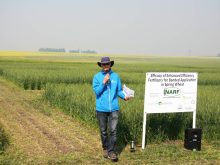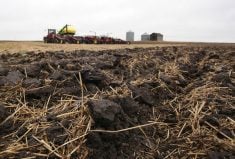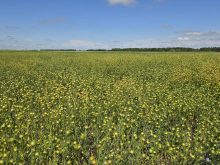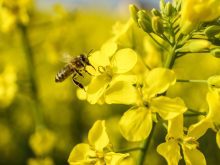Canola is nowhere near maxing out its potential, says a leading oilseed breeder.
“We should be able to look to double the yields over time,” said Van Ripley, global canola breeding leader for Dow AgroSciences Canada.
“Is that 10 years? Is it 15 years? I don’t know exactly on that.”
Researchers are at the preliminary stages of canola crop development compared to other commodities. Canola hybrids have only taken off in the last 10 years compared to 80 years of hybrid development in the corn industry.
Read Also
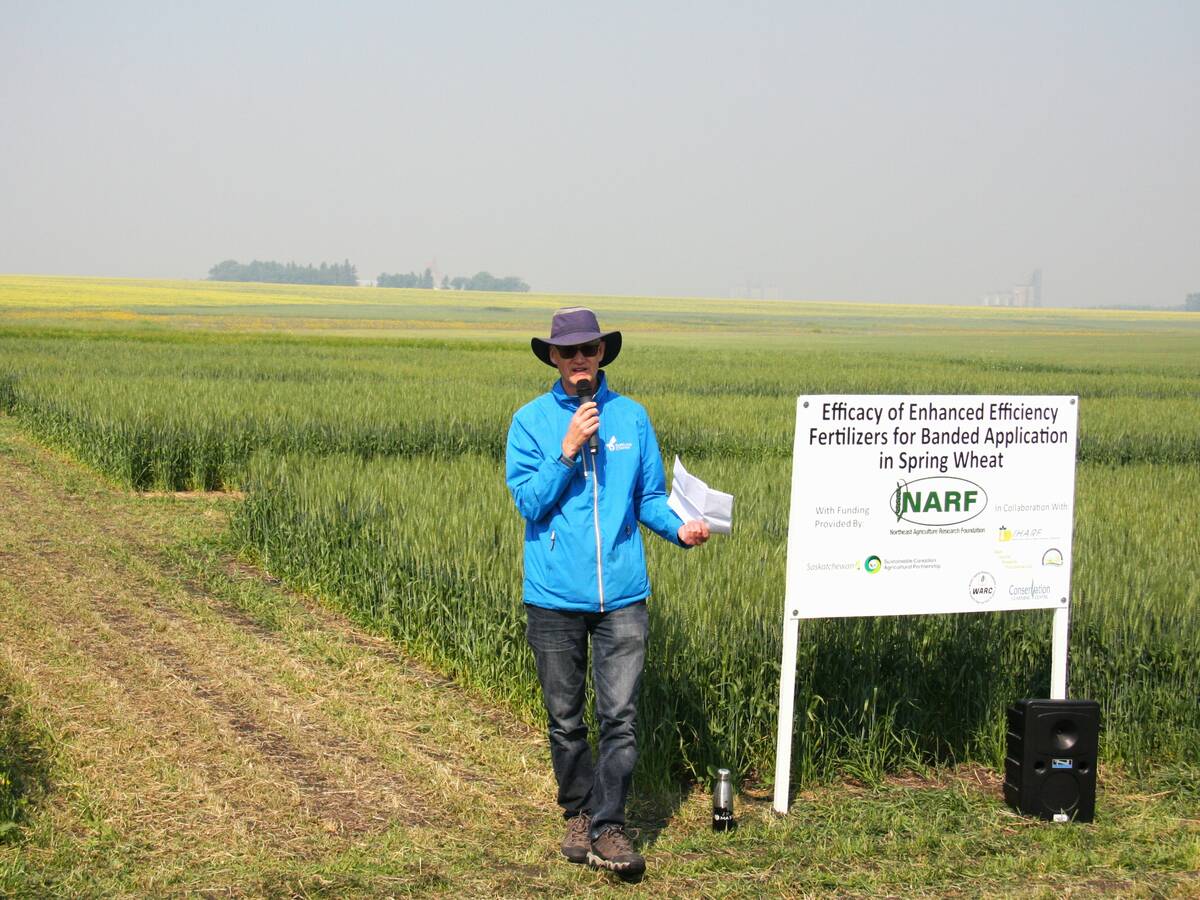
Fertilizer method’s link to emissions studied
A researcher says others studying greenhouse gas emissions aren’t considering how the loss of nitrogen into the atmosphere correlates with fertilizer application or if there is an impact to yield.
Ripley said canola research is on an aggressive growth trajectory, while there is speculation in research circles that competing crops may be reaching the end of their growth phase.
“On the corn side, there is some talk that the yields could be plateauing,” he said.
“But then again, when I was a grad student 20 years ago they were talking about corn yields plateauing, so it’s hard to say whether or not they’re tapped out.”
Ripley said molecular breeding, genomics and bioinformatics will drive the creation of new high-yielding hybrids.
“Western Canada is a tough environment, so I think the fact that we’ve moved the needle on yield in the last 10 or 15 years with hybrids is a great testament to the development of hybrids. We can still go quite a lot further with it,” he said.
Robert Thompson, senior fellow at the Chicago Council on Global Affairs, said that’s good news because the agriculture industry faces a tall order feeding a rapidly expanding population.
World population is expected to expand by 2.6 billion people over the next 40 years.
“We’re talking about feeding the equivalent of two more Chinas,” Thompson told delegates attending the Canola Council of Canada’s annual convention.
That will require food production to at least double from today’s levels, but it could be a lot more if economic growth accompanies population growth.
“If you have broad-based economic growth that lifts the maximum amount of people out of poverty, you’ll have a huge impact in addition to the population growth on global demand for agricultural commodities,” he said.
Thompson said farmers will be unable to supply that growing world demand by doubling their acres. He estimates it is only feasible to get another 10 percent of the Earth’s land into agricultural production, most of which will be in sub-Saharan Africa.
“The only environmentally sustainable future is one in which we do something close to doubling the average production of the land that is already in production,” he said.
There is potential to significantly boost yields by using modern biotechnology and soil science, especially in sub-Saharan Africa, which has the world’s most degraded soil.
Thompson said prophets of doom, such as Thomas Malthus in the late 18th century, have predicted for centuries that the world’s population will outstrip its agricultural production.
“Malthus has had it wrong for more than two centuries because he underestimated the power of agricultural research to raise production faster than global demand for food has grown,” he said.
Thompson presented delegates with a map of grain yields around the world that showed most crops are nowhere near reaching their maximum yield potential.





